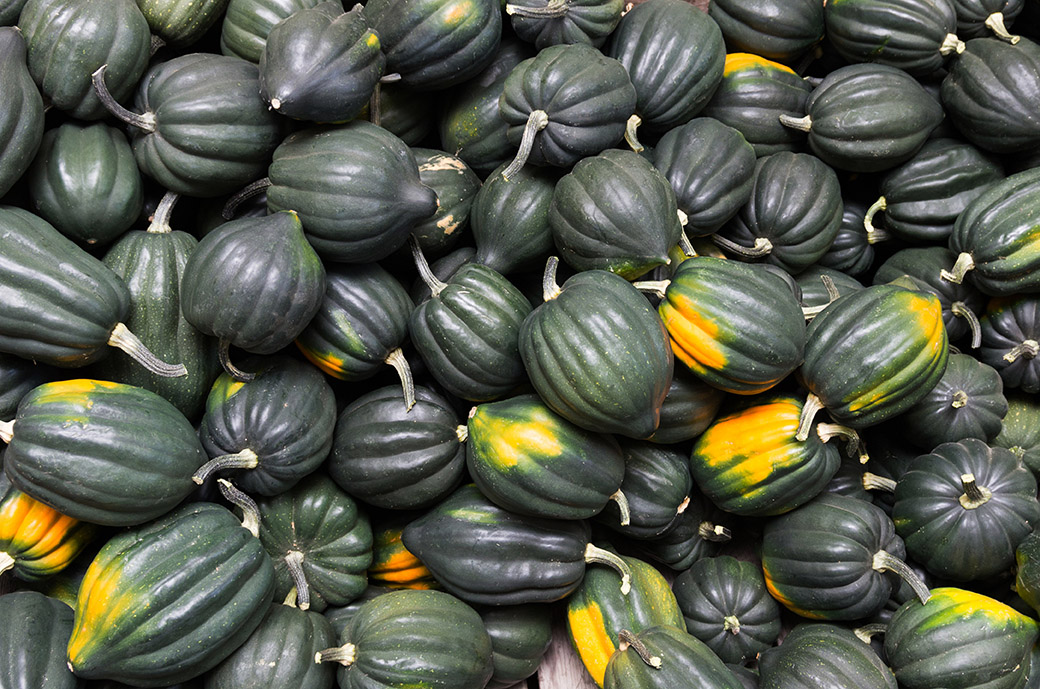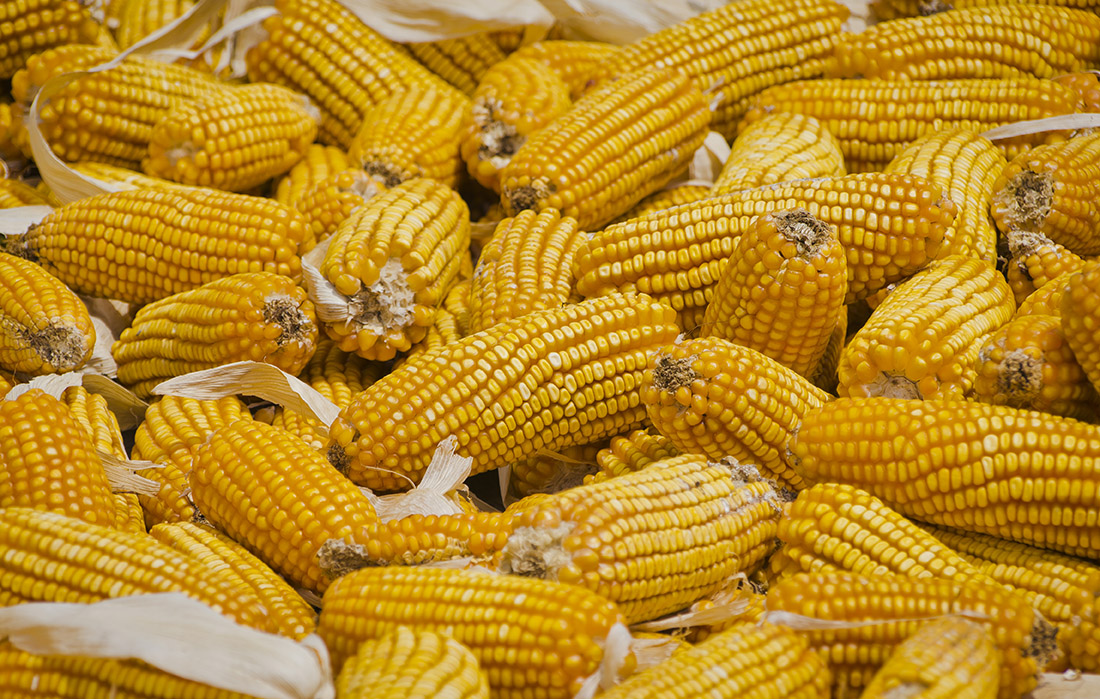How The Mohawk Legend of The Three Sisters Influences Gardens Today
Native American folklore is often invoked in conversations about the environment and the longevity of the earth– the notion that it’s important to consider what will effect “seven generations” from now is just one such example of how nomadic tribes approached their stewardship of the land. Within the context of agriculture, another popular folkloric reference pervades, which is the concept of the “Three Sisters” of the garden: squash, corn, and beans.
As the Mohawk legend goes, the youngest sister (squash) could only crawl; the middle sister (beans) would often run off by herself; and the eldest (corn) was much taller than the other two, and would keep a solemn guard over her younger siblings. But what the sisters lacked in similarities, they made up for in devotion to one another.
At the end of summer one year, folklore has it that a young boy came to edge of the field and that evening the youngest sister disappeared. The remaining sisters grieved but the youngest did not return. When fall arrived, the young boy returned. This time it was the middle sister who disappeared in the night. Then only the oldest sister remained, alone, calling out for those she’d lost. The harvest season arrived and as the young boy was going about his work, he heard the oldest sister’s cries. Seeing her grief, he hurried her back to his home, where the two other sisters waited. By now the youngest sister had grown up, and helped to prepare dinner, the middle sister sat on the edge of the room, drying herself, and the third sister– ever grateful– offered to help the boy with his grinding. The three were never parted again.
Though the Iroquois (of which the Mohawk are a part) coined the term ‘Three Sisters’, the planting technique was popular among many North American tribes, and the Three Sisters became an important agricultural and spiritual notion. From an environmental perspective, the three crops form a trifecta of companion planting, like a constructive game of rock-paper-scissors. The beans contribute nitrogen to the soil to the benefit of the corn and squash; the cornstalks act as beanpoles and in return the bean’s vines keep the stalks from being toppled over by strong winds; the leaves of low-growing squash keep the soil cool, moist, and weed-free, and its spines are a deterrent to hungry pests. They don’t compete with one another, and replenish what nutrients the others draw, perfectly demonstrating sustainable soil fertility.
From a nutritional perspective, the three also dovetail nicely: beans offer protein, corn carbohydrates, and squash a host of vitamins (the seeds can even be repurposed into oil). Together– both from a garden and plate perspective– the three triangulate a system of benefits. If you’re working with a smaller garden space, these three planted together can turn even the little spot into a highly productive zone. In honor of the holiday, consider inviting your sister to help you out and enjoy the benefits you’ll harvest together.





































